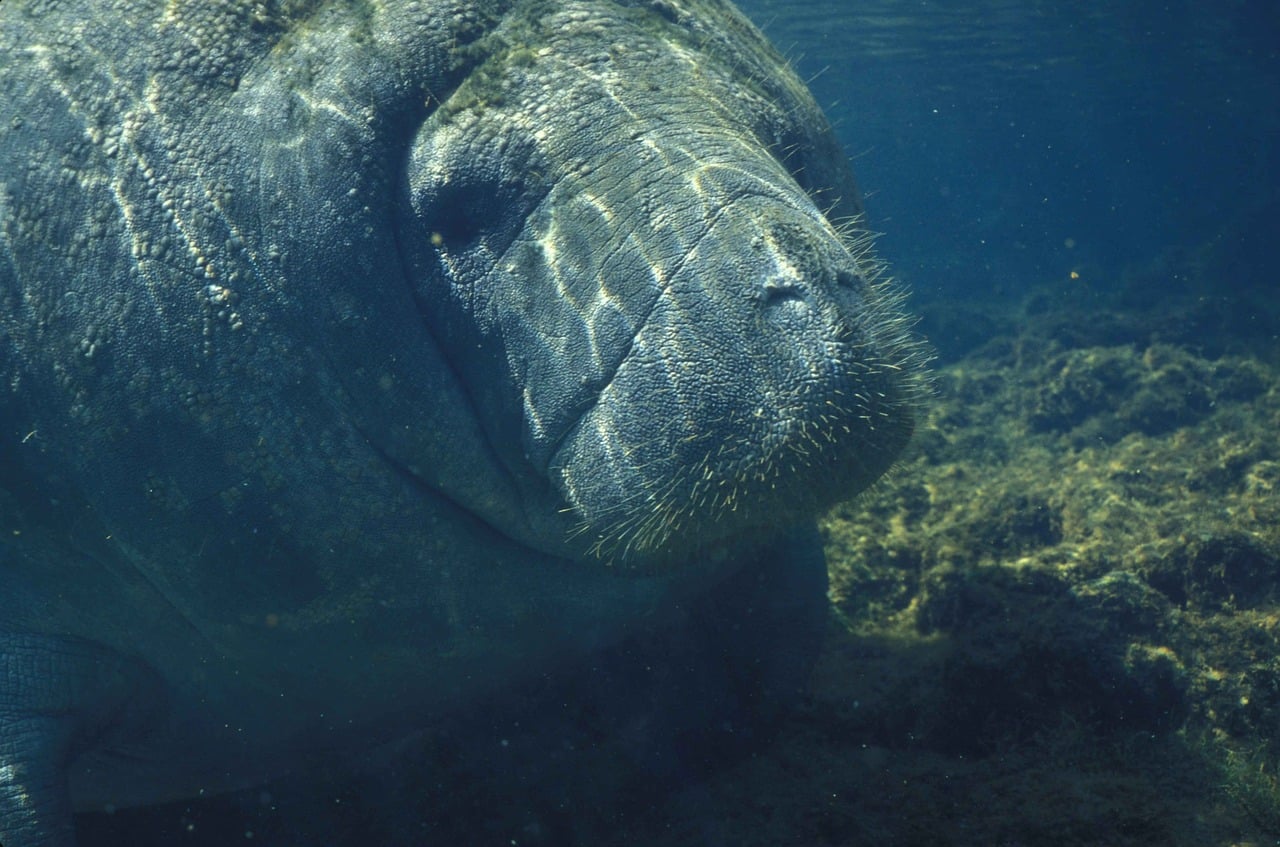A recent survey shows a new ocean area called the Rare Light Zone with over 100 new marine species – giving insight into a new area off the Bermuda coastline.
The Rare Light Zone is around 130 meters to 300 meters in dimension, and occupies the top 3000 meters of the ocean. This area is a hotbed for marine life off of the Bermuda coast, and features various flora and fauna along the axis at different levels. The Rare light zone is separated into the Altiphotic, Mesophotic, Rariphotic, and Bathyal Zones, each of which have their own vibrant ecosystems.
Alex Rogers, Scientific Director of the Nekton Oxford Deep Ocean Research Institute and Professor of Conservation Biology at the University of Oxford stated to The Telegraph that “If life in the shallower regions of the deep sea is so poorly documented it undermines confidence in our existing understanding of how the patterns of life change with depth.”
The discovery of the Rare Light Zone may change the standard study of life forms, and while an earlier study in the same vein as not developed to the same depth, this new study is the beginning of an extensive research project that shows the biodiversity of the area and reveals much more about ocean life.
Perhaps most notable about the variegated sea lie is that it’s located just 15 miles off of the coastal region that makes up the Bermuda Islands. Organisms that contribute to the biodiversity in the area are twisted wire corals, sea fans, sea urchins, green moray eels, yellow hermit crabs and various other marine life that we didn’t expect to see in the area.
These organisms survive by eating zooplankton and algae, which originate on the summit of the area and ultimately settles on the seabed. 100 new species have been discovered from this rich area of nutrition from the surface to the floor of the Rare Light Zone. These discoveries range from the tanaids all the way to new algae types. At least 13 types of crustaceans have also been spotted in close proximity to this vibrant area.
According to Professor Rogers, the link between the Bermuda coastline and the Indo-Pacific region is clear from a close examination of these new discoveries.
“Considering the Bermuda waters have been comparatively well studied for many decades, we certainly weren’t expecting such a large number and diversity of new species…These discoveries are evidence of how little we know and how important it is to document this unknown frontier to ensure that its future is protected.”
In a statement released by the Government of Bermuda, CEO of XL Bermuda Ltd/Insurance Patrick Tannock who helped fund the survey stated that “As a future-focused, innovative insurance and reinsurance company, we at XL Catlin believe that preparing for emerging and unknown risks is imperative.
Given that there is still much to be learned about how changes to the ocean will impact businesses, communities, and society in the future, we are extremely interested in the findings from the XL Catlin Deep Ocean Survey and look forward to receiving the published report of the amalgamated results and scientific papers.”
The first paper regarding the work for the Rare Light Zone has already been published, with a more extensive analysis to be published in September of 2018. All in all, it’s expected that around 20 papers will be published just from this small slice of the water around Bermuda.
While we’ve now discovered the Rare Light Zone, we’ve only just begun to scratch the surface of the richness that this area and other parts of the ocean have to offer in terms of biodiversity and the advancement of our knowledge of marine science.





